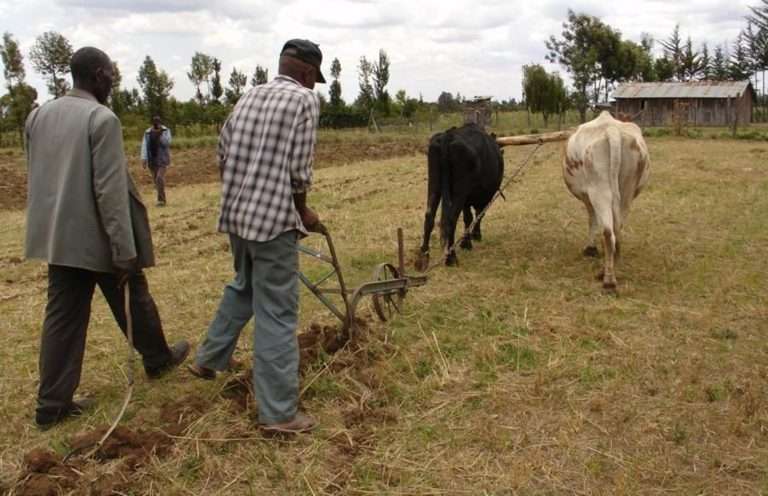Conservation tillage
Conservation tillage is a practice built on three main pillars: (i) minimum soil disturbance, (ii) permanent soil cover and (iii) crop rotation. Where regular ploughing inverts the soil, disturbing its cover and all biological activity, the soil is often stripped under conservation tillage. Alternative practices to prepare the soil for a new growing season are ripping or stripping. Ripping the soil creates small furrows in which manure can be added. Stripping will loosen the soil by lifting it, and letting it fall into its place (image). Both methods however do not invert the soil, leaving crop residues on the surface. As a result, soil structure and microbial activity improves. The soil is less exposed to runoff, and allows for better infiltration of water. Rainfall from events at the beginning of the wet season can be stored in the rooting zone, prolonging the source of soil moisture available to crops in the dry season. Besides, the rate of evaporation is decreased. These effects can be enhanced by adding mulch to the soil.
In earlier projects in Kenya, yields from small-scale conservation tillage have turned out over 60% higher than under conventional ploughing. Moreover, due to early crop maturity under conservation agriculture, farmers gain market access when prices are still high. Crops are fully grown in earlier, since they can be planted earlier in the season, when under inversion tillage the farmer has to wait for the soil to become moist before ploughing.

